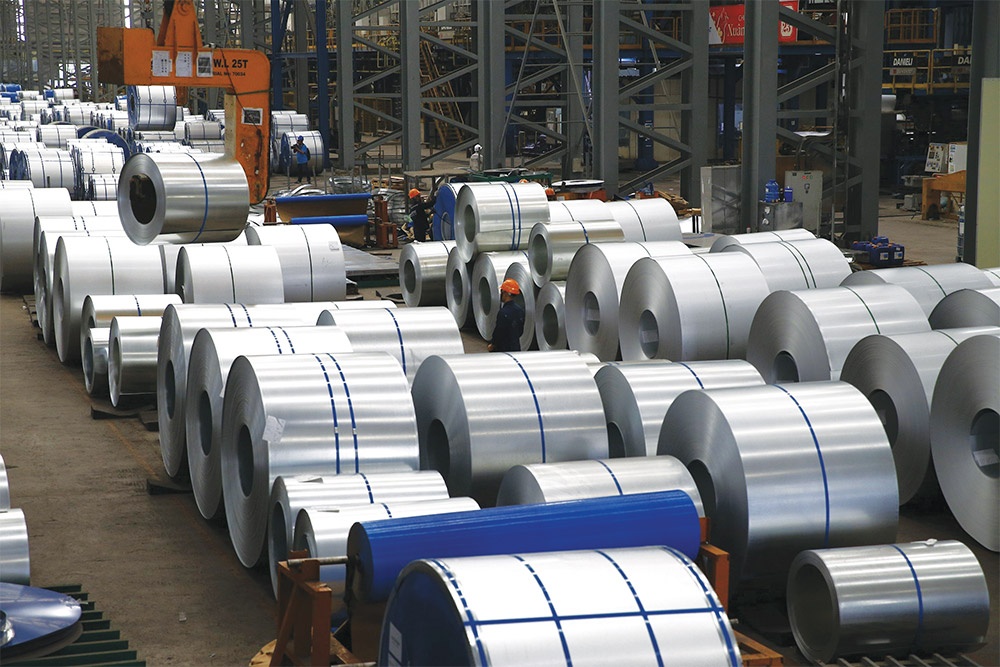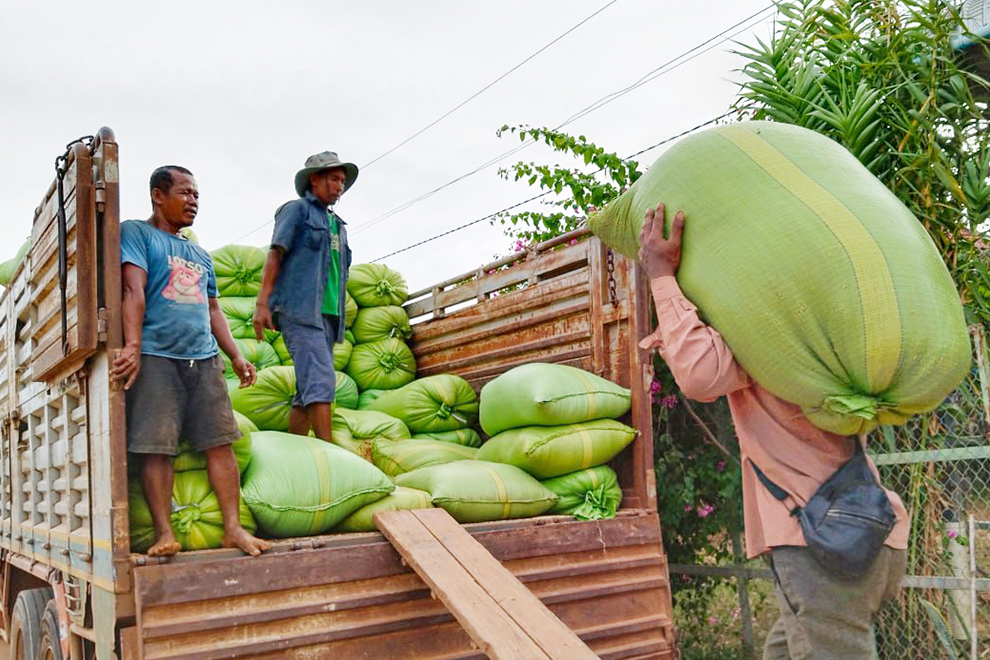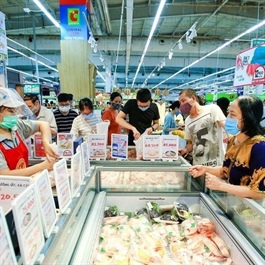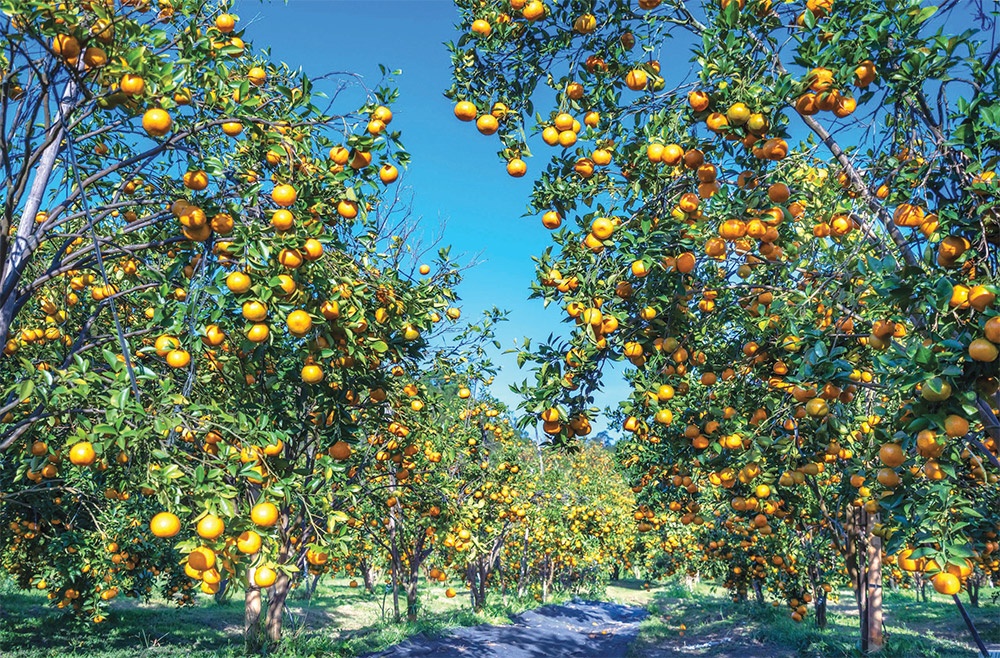Agricultural products benefit from deep processing
Agricultural products benefit from deep processing
The first month of 2024 has seen coffee exports showing a robust performance, surging to a trade volume of US$621 million, marking a 99.6 per cent increase compared to the same period in 2023, according to data from the Ministry of Industry and Trade (MoIT).
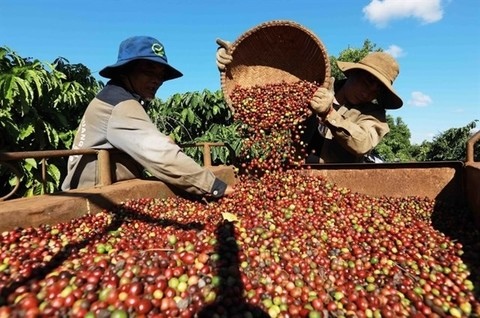
Farmers during a coffee harvest in the Central Highland province of Đắk Lắk. — VNA/VNS Photo |
With the current export prices standing at $2,955 per tonne, reflecting a 35.2 per cent uptick from the previous year, Vietnamese coffee export companies were said to have secured substantial orders in the first quarter of 2024.
Following a 4.6 per cent increase in coffee export volume to a record-breaking $4.24 billion in 2023, industry observers said Việt Nam's coffee exports will likely scale new heights in 2024, with projections ranging from $4.6 to $5 billion. To achieve this ambitious target, the Vietnamese coffee industry must intensify efforts to improve the value of coffee through a greater emphasis on deep processing, product line repositioning, and alignment with market trends.
Deputy Minister of Agriculture and Rural Development (MARD), Phùng Đức Tiến, underscored the need for the coffee sector to invest in deep processing to increase the added value of Vietnamese coffee. This strategic move was seen as crucial to realising the ambitious target of a $6 billion export value in the coming years.
In light of shifting preferences in major import markets such as the United States and the European Union with the two alone making up roughly half of the world's coffee imports, Vietnamese coffee exporters must learn to adapt to the trend of processed coffee over raw Robusta. This necessitated substantial investments in deep processing plants and the continuous adoption of cutting-edge processing technologies.
Meanwhile, the Vietnam Pepper Association (VPSA) estimated a 10.5 per cent decrease in production to 170,000 tonnes in 2024 compared to 2023. While a favourable outlook was still anticipated for black pepper exports this year due to reduced production and low inventory levels worldwide, the sector must not overlook the importance of deep processing in enhancing export value. The current proportion of processed black pepper exports stands at a mere 30 per cent, indicating the need for a significant improvement.
Despite the projected increase in pepper prices, the cultivation of pepper has faced stiff competition in the Central Highlands and Southeast regions, primarily from other crops, notably durian. This shift highlighted the urgency for the industry to prioritise deep processing, not only to increase export value but also to provide farmers with a sense of security amid fluctuating prices and market challenges.
From the perspective of a leading exporter to major markets, Phan Minh Thông, Chairman of the Board of Directors of Phúc Sinh Corporation, a Vietnamese pepper and coffee trader based in HCM City, highlighted the indispensable role of continued investment in deep processing for the sustainable development of Việt Nam's coffee and black pepper sectors.
The seafood export sector also recognised the importance of deep processing to enhance competitiveness, said industry insiders.
Kim Thu, a shrimp market expert at the Association of Seafood Processing and Export (VASEP), stressed the need for the Vietnamese shrimp industry to improve its competitive capacity by promoting the processing of value-added products. Currently, value-added processed shrimp products contribute a mere 40-45 per cent to the total shrimp export value annually.
As the Southeast Asian country aims for higher export values and sets new records in trade volume for key agricultural products in 2024, industry experts and insiders have called for greater commitment to deep processing. They said this strategic approach will not only boost Vietnamese products' competitiveness but also foster the creation of a robust industry chain, creating exceptional products that command higher values on the global market.




